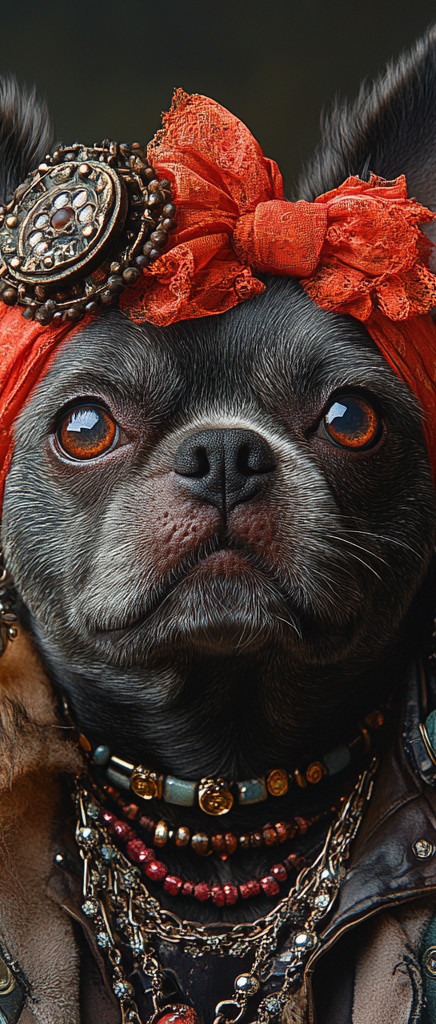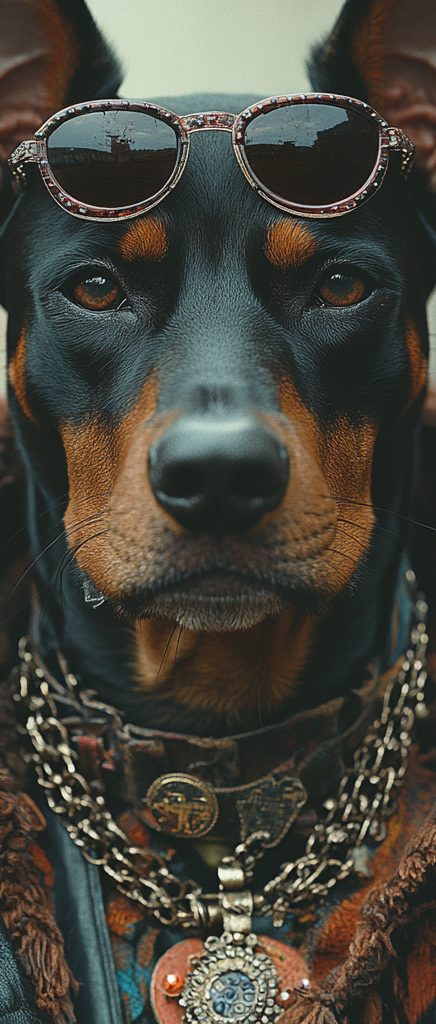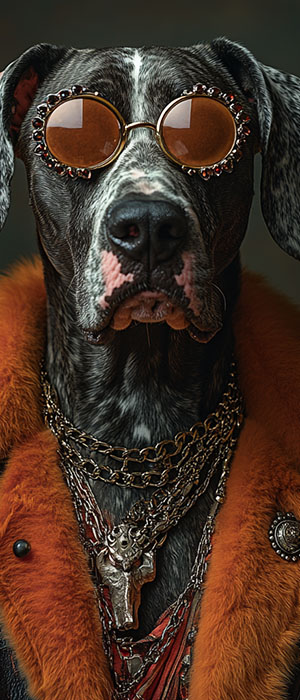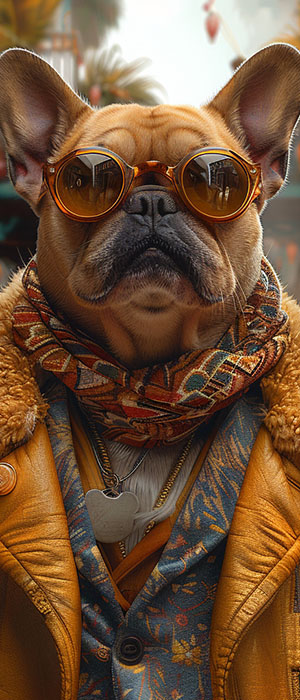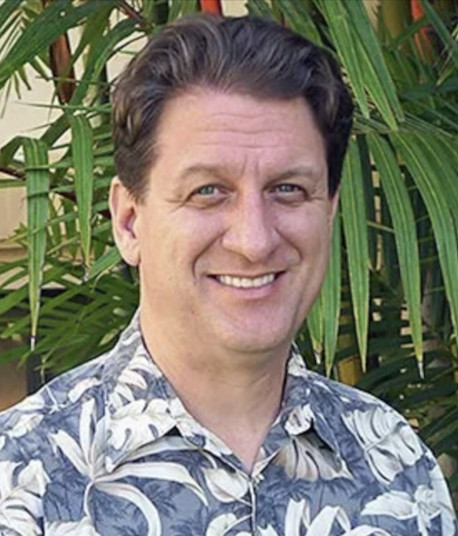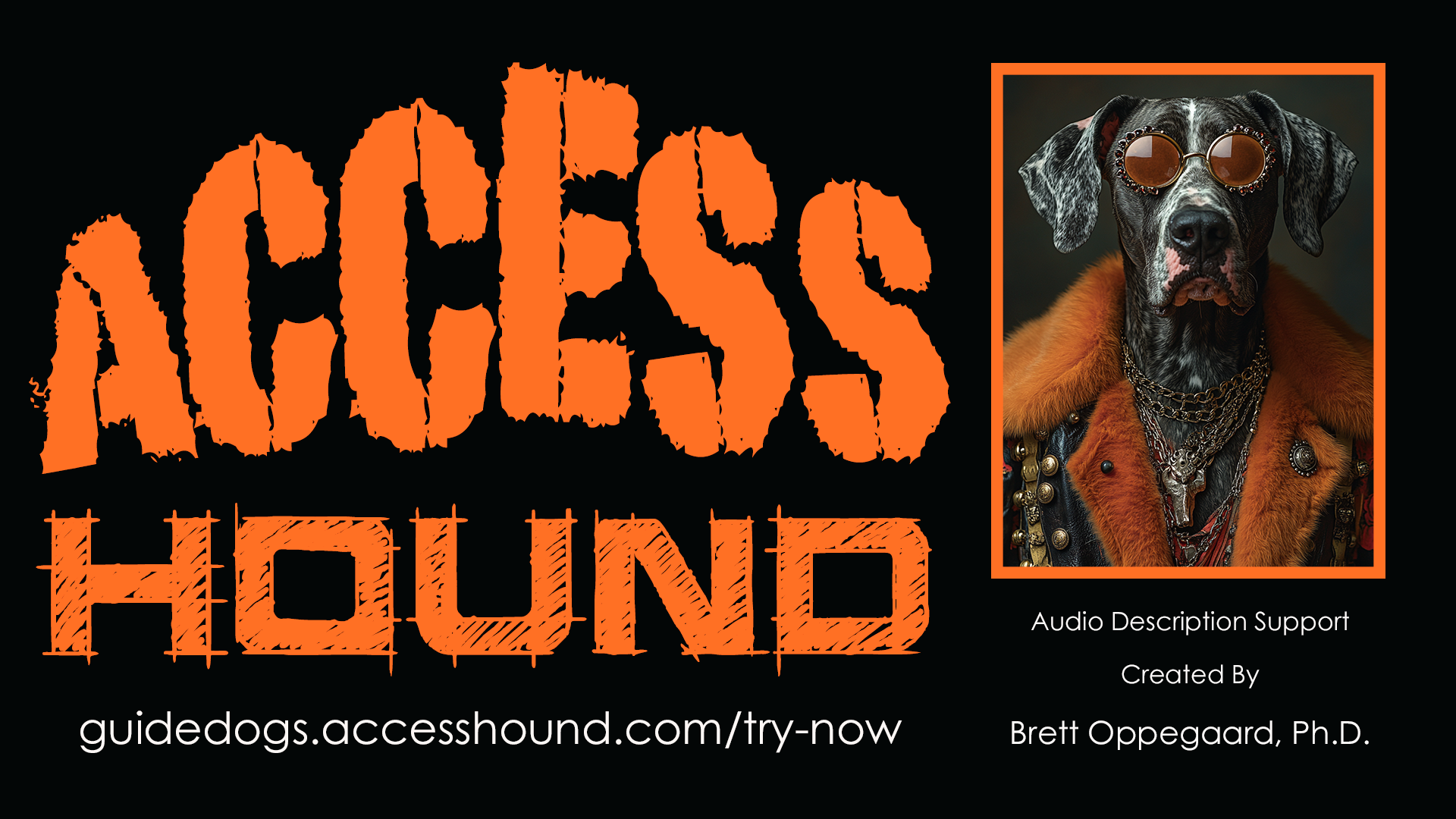"What is your 'why?' for making (or not making) accessible media?" was the simple but profound question that prompted me to write this series of posts about what I consider to be the 10 primary motivating factors provoking research, development, and use of Audio Description.
My initial answer to the person posing it was not a technical one, an economic one, or even a philosophical one. It was grounded in lived experience. I said at the time, and I come back to this now, considering it my best answer and the one that supersedes any other answers: It's all about the people.
During the past decade of researching this topic, I have met and collaborated with hundreds of people across the country who are blind or with low-vision. These are not family members or neighbors or people I even knew before our partnerships, but they did become friends. Many of them I met almost a decade ago and still keep in regular contact with today. If you do not know hundreds of people who are blind, get to know one more today, and one more tomorrow, and pretty soon, you will have hundreds of new friends.
All I had to do to immediately create a connection with most of my friends who cannot see well was to try to describe the best that I could what I was seeing. I never thought of such describing activities as a job or as an "accommodation," like an add-on, which someone needs to do to be legally compliant, avoiding the accessibility police. Instead, I thought, I can see this image or map, or whatever it was; now, how can I communicate in words to another person exactly what I'm seeing, so that they can visualize it in their mind, too, and then, just to give it a go.
I have dozens and dozens of anecdotes from these types of adventures about how these descriptions directly impacted lives and how making media accessible has enriched experiences and increased inclusivity of public places.
For example, I met a woman who had lived her entire life about a mile away from a national park. She had never bothered to visit, because she didn't think the park offered her much, since it was so visually oriented. But when our team gave her the Audio Description of the site's brochure, providing an overview of the site and what it had to offer, she suddenly became an enthusiastic visitor. And then, a few years later, she called me up and said she had just visited another national park; she wanted to tell me more about it, and she also wanted to tell me about all of the other national parks she had visited since our first one together.
On an even smaller scale, another person I collaborated with, who was blind, was listening to some of our descriptions about a nature scene, and she paused, and she turned to me, and said something to the effect of, "I have never heard a robin described before; I have heard the word robin. I know it's a small bird. But I really didn't have any idea what it looked like ... until now." And she had a big smile on her face. That meant a lot to her, and it certainly meant a lot to me. I've heard similar sentiments over and over again in our research studies where people who have been blind since birth, and who have lived in a world filled with media but mostly inaccessible visual media, have told me about a description or even a sentence in a description that helped to render the world as more-knowable, more-familiar, more-inclusive to people who need to listen to information rather than to see it.
Most importantly, I want to stress, that everyone and anyone can participate in Audio Description activities at pretty much any time. Those start by just describing aloud what you can see, if you can see well, as a way to practice and to share that information with people who might want to know what you are seeing. Or start by asking people nearby what you want to know about visually, if you can't see well. Those ad-hoc descriptions and instant connections are like first drafts and introductions among people who could become friends. They give people something to talk about and something in common. They don't cost you anything. They make the world a better place. Why do we want to make more-accessible media? I think the better question is: Why isn't everyone making more of it?
Wrapping up now, I will add All About the People as the ultimate motivation to our list, and here are all of the motivating factors one more time:
10. Political motivation
9. Legal motivation
8. Personal motivation
7. Moral motivation
6. Ethical motivation
5. Organizational motivation
4. Artistic Expression motivation
3. Making Better Media motivation
2. Making More Money motivation
1. It's ALL About the People motivation
